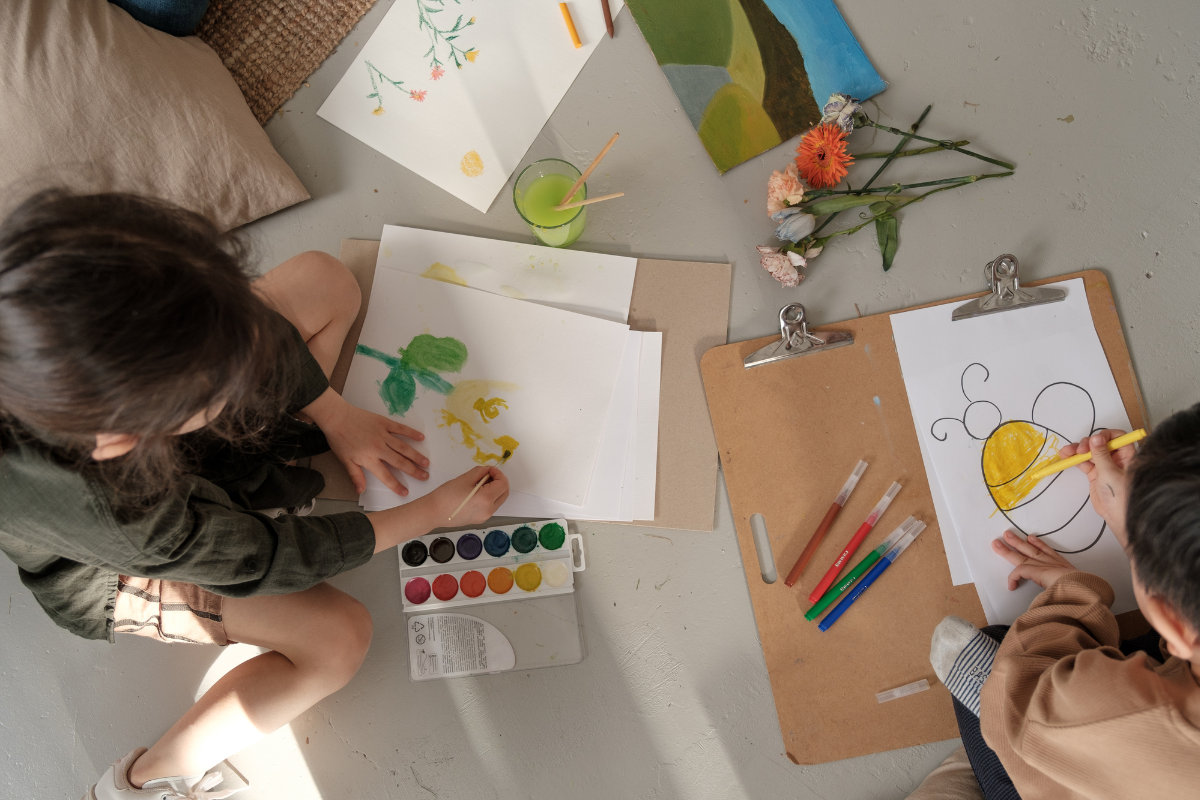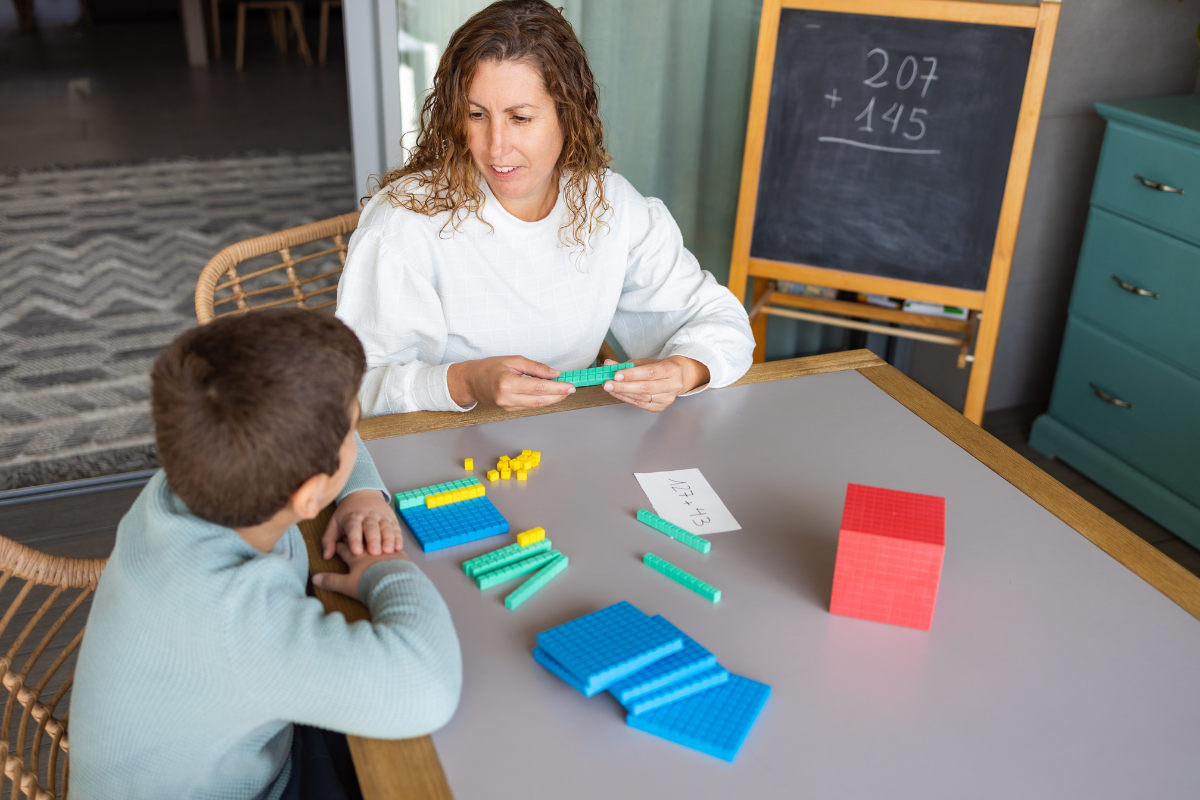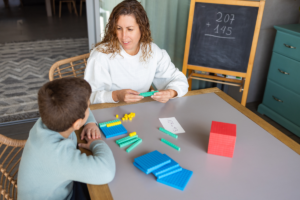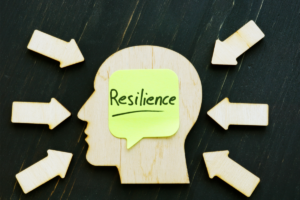
Inclusion in Practice: Experiences and Challenges of Pedagogues in Diverse Classrooms
Inclusion in Practice: Experiences and Challenges of Pedagogues in Diverse Classrooms is a topic of growing importance in the field of education. As classrooms become increasingly diverse, it is essential for pedagogues to understand how to create an inclusive learning environment that meets the needs of all students. This article will explore the experiences and challenges faced by pedagogues in diverse classrooms and provide insights into best practices for creating an inclusive learning environment.
The importance of inclusion in education cannot be overstated. Inclusive classrooms provide all students with the opportunity to learn and grow regardless of their background, abilities, or disabilities. However, creating an inclusive learning environment can be challenging, especially for pedagogues who are not familiar with the diverse needs of their students. This article will examine the experiences of pedagogues who have successfully created inclusive classrooms and the challenges they have faced along the way. It will also provide practical advice and strategies for pedagogues who are looking to create a more inclusive learning environment.
Defining Inclusion in Education
Inclusion in education refers to the provision of equal opportunities for all students, regardless of their background, abilities, or disabilities. It is a process of identifying and addressing the diverse needs of learners in order to create a learning environment that is responsive, supportive, and inclusive.
Inclusion is not just about providing physical access to the classroom, but also about creating a culture of acceptance and respect for diversity. It involves recognizing and valuing the differences among students and promoting their participation in all aspects of school life.
Some of the key principles of inclusion in education include:
- Providing a safe and supportive learning environment for all students
- Recognizing and addressing the diverse needs of learners
- Promoting equal opportunities for all students to participate in all aspects of school life
- Encouraging the active involvement of families and communities in the education process
- Supporting the professional development of teachers to enhance their skills in working with diverse learners
Inclusion in education is not without its challenges. Pedagogues in diverse classrooms may face a range of issues, including language barriers, cultural differences, and varying levels of academic ability. However, by adopting a proactive and collaborative approach, and by working closely with students, families, and communities, pedagogues can create a more inclusive and supportive learning environment for all students.
Inclusion Strategies in Diverse Classrooms
Pedagogues in diverse classrooms face unique challenges when it comes to creating an inclusive learning environment. In order to meet the needs of all students, pedagogues must implement inclusion strategies that are tailored to the specific needs of the classroom. The following subsections outline some effective inclusion strategies that pedagogues can use in diverse classrooms.
Curriculum Adaptations
One of the most effective ways to create an inclusive learning environment is to adapt the curriculum to meet the needs of all students. This may involve modifying the pace or content of the curriculum, using different teaching methods, or providing additional resources. By adapting the curriculum, pedagogues can ensure that all students are able to participate in the learning process and achieve their full potential.
Peer Support Systems
Peer support systems can be an effective way to promote inclusion in diverse classrooms. Pedagogues can encourage students to work together in pairs or small groups, and assign tasks that require collaboration and communication. This not only helps students to develop social skills, but also provides opportunities for students to learn from each other and support each other’s learning.
Cultural Competence Training
Cultural competence training can help pedagogues to better understand the needs and experiences of their students. This training can involve learning about different cultures, religions, and languages, as well as understanding the impact of culture on learning and development. By becoming more culturally competent, pedagogues can create a more inclusive learning environment and better meet the needs of all students.
In conclusion, inclusion strategies are essential for creating an inclusive learning environment in diverse classrooms. By adapting the curriculum, implementing peer support systems, and becoming more culturally competent, pedagogues can ensure that all students are able to participate in the learning process and achieve their full potential.
Challenges Faced by Pedagogues
Resource Limitations
Pedagogues in diverse classrooms often face resource limitations that can hinder their ability to provide quality education to all students. Limited access to textbooks, technology, and other learning materials can create disparities in the learning experiences of students. This can be particularly challenging in classrooms with students who have different learning needs, as teachers may need to provide individualized resources to meet each student’s needs.
Diverse Learning Needs
Pedagogues in diverse classrooms face the challenge of meeting the diverse learning needs of their students. Students come from different backgrounds and cultures, and may have different learning styles, abilities, and challenges. Teachers must be able to identify and address these differences to ensure that all students are able to learn and succeed. This can be a daunting task, especially when teachers have limited resources and support.
Behavioral Management
Behavioral management is a significant challenge faced by pedagogues in diverse classrooms. Students may come from different cultural backgrounds with different expectations and norms for behavior. Additionally, some students may have behavioral or emotional challenges that require specialized interventions. Teachers must be skilled in managing these behaviors while also maintaining a positive and inclusive learning environment for all students. This can be a difficult balance to achieve, and requires ongoing training and support.
Case Studies of Inclusive Practices
Urban School Settings
In an urban school setting, a pedagogue faced the challenge of creating an inclusive classroom environment for a diverse group of students. The class consisted of students from various cultural and linguistic backgrounds, including students with disabilities. The pedagogue used a variety of techniques to foster a sense of community among the students, such as group activities and collaborative projects. The pedagogue also utilized assistive technology and provided accommodations to students with disabilities to ensure their full participation in class activities.
Another pedagogue in an urban school setting faced the challenge of addressing cultural and linguistic barriers in the classroom. The class consisted of students from different ethnic backgrounds, many of whom were English language learners. The pedagogue used culturally responsive teaching techniques and provided language support to ensure that all students could participate fully in class activities. The pedagogue also incorporated multicultural materials into the curriculum to promote understanding and appreciation of different cultures.
Rural School Settings
In a rural school setting, a pedagogue faced the challenge of creating an inclusive classroom environment for a small group of students with varying abilities. The pedagogue utilized differentiated instruction techniques to meet the needs of each student, including providing individualized learning plans and accommodations. The pedagogue also incorporated hands-on activities and real-world examples into the curriculum to engage students with different learning styles.
Another pedagogue in a rural school setting faced the challenge of addressing the needs of a diverse group of students in a small classroom. The class consisted of students from different cultural and linguistic backgrounds, including students with disabilities. The pedagogue used a variety of strategies to create an inclusive classroom environment, such as incorporating multicultural materials into the curriculum, using assistive technology, and providing accommodations to students with disabilities. The pedagogue also worked closely with parents and other professionals to ensure that all students received the support they needed to succeed.
Evaluating Inclusion Effectiveness
Assessment Tools
Assessing the effectiveness of inclusion practices is crucial to ensure that all students are receiving the support they need to succeed. One of the most commonly used assessment tools is the Individual Education Plan (IEP), which outlines specific goals and accommodations for students with disabilities. This plan is reviewed and updated regularly to ensure that it is meeting the student’s needs.
Another assessment tool is the Universal Design for Learning (UDL) framework, which aims to provide multiple means of engagement, representation, and expression to meet the needs of all learners. This framework can be used to evaluate the effectiveness of inclusive practices by assessing how well it is meeting the needs of students with diverse backgrounds and abilities.
Feedback Mechanisms
Feedback from students, parents, and colleagues is another crucial component of evaluating the effectiveness of inclusion practices. This feedback can be gathered through surveys, focus groups, and individual conversations. It is important to create a safe and open environment for feedback to ensure that all voices are heard.
Pedagogues can also evaluate their own practices through self-reflection and self-assessment. This can involve regularly reviewing lesson plans and reflecting on how well they are meeting the needs of all students. Pedagogues can also seek out professional development opportunities to continue to improve their inclusive practices.
Overall, evaluating the effectiveness of inclusion practices requires a multifaceted approach that involves assessment tools, feedback mechanisms, and self-reflection. By regularly evaluating and adjusting their practices, pedagogues can ensure that they are providing the best possible support for all students in their diverse classrooms.














Publicar comentário